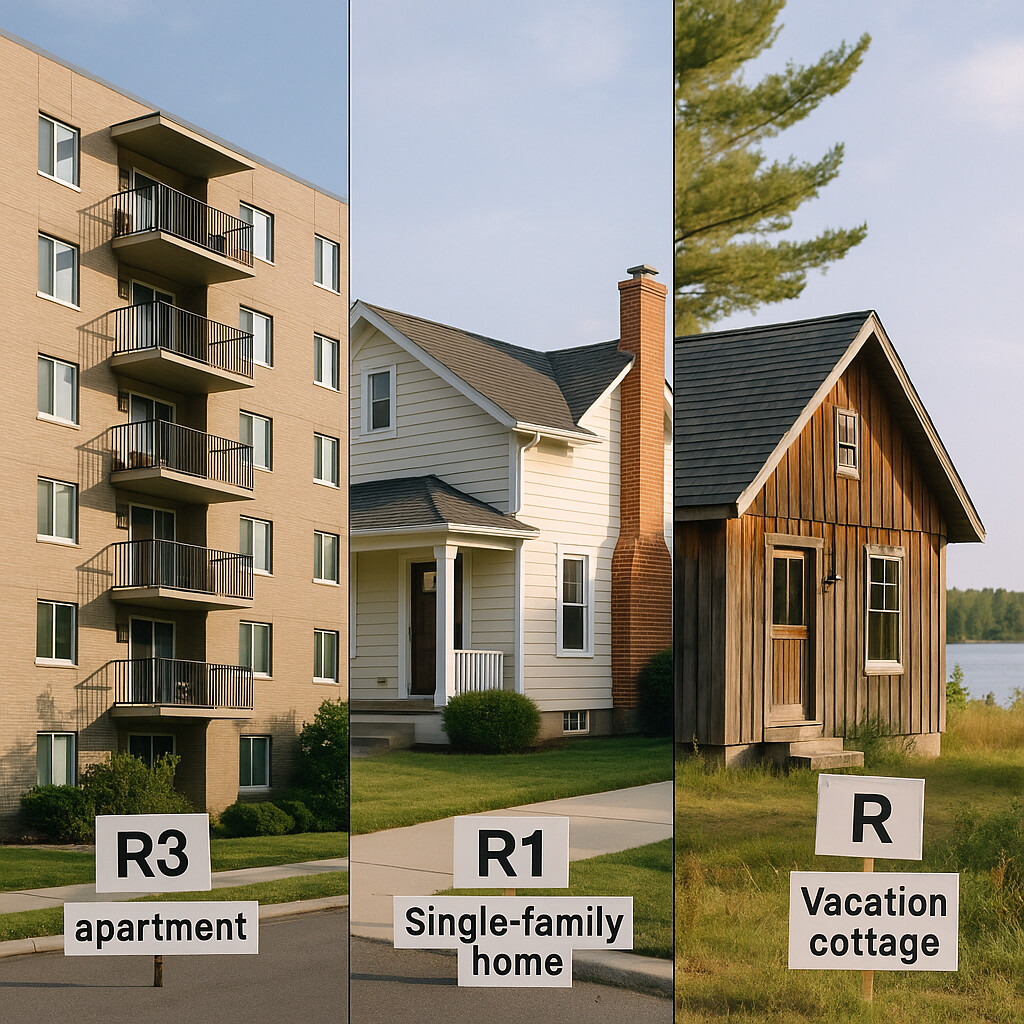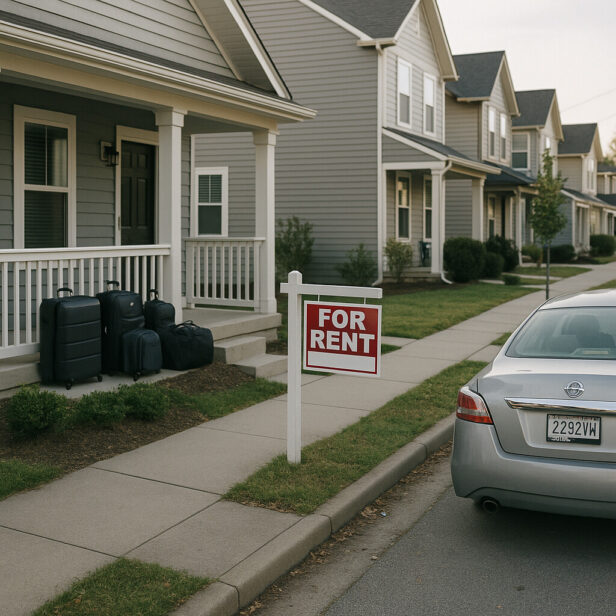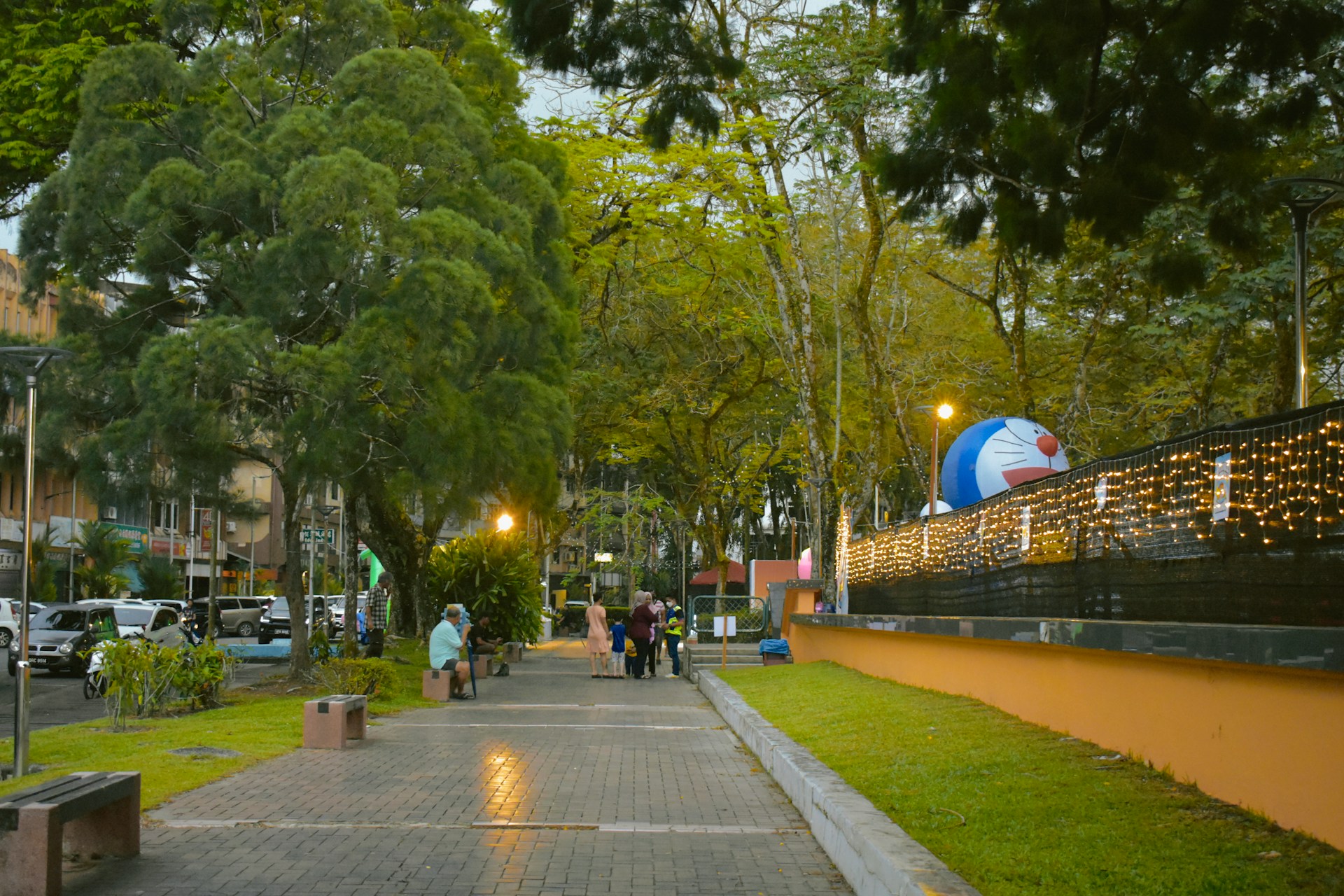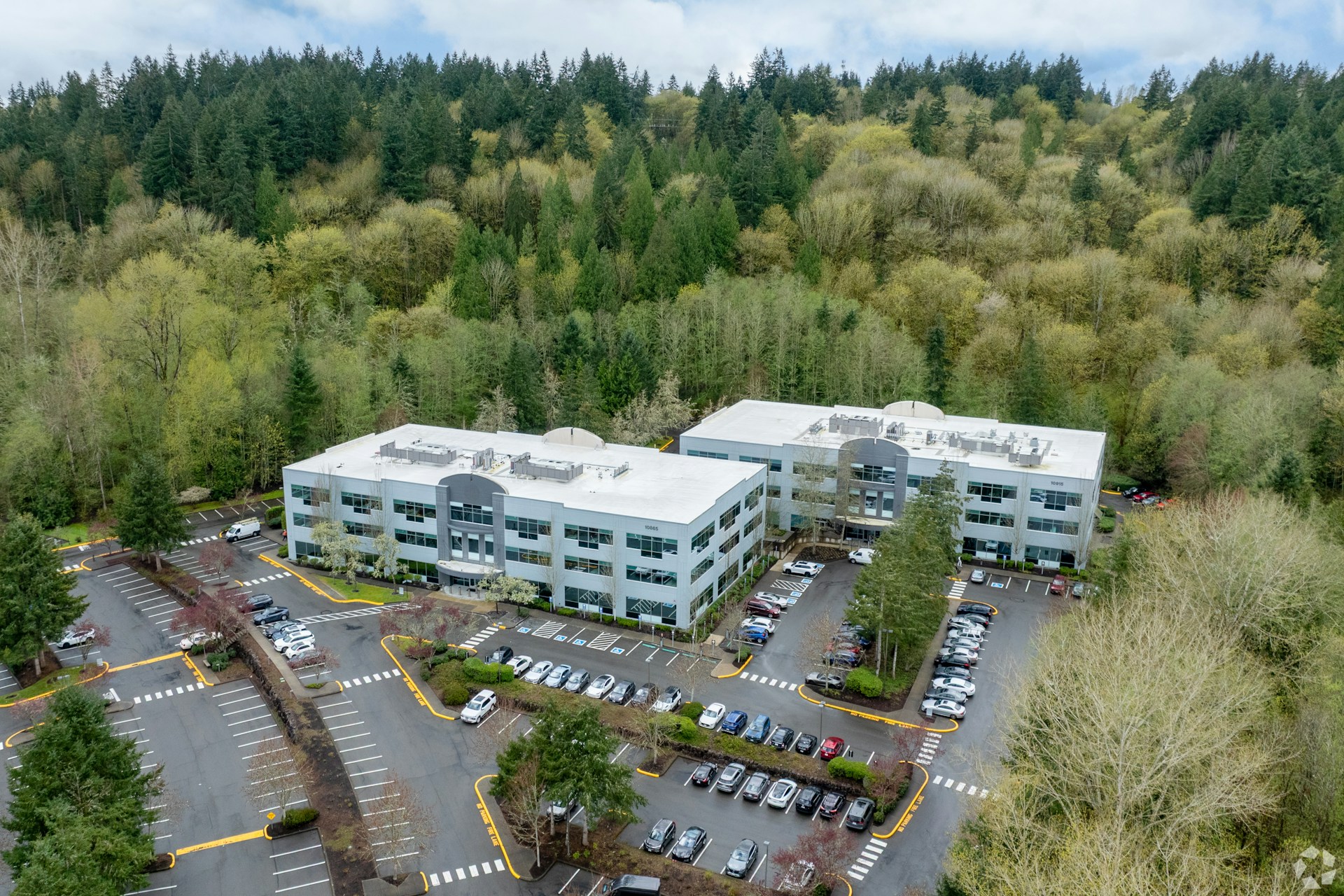The rise of platforms like Airbnb and Vrbo has significantly changed how property owners utilize their real estate assets, creating an ever-evolving regulatory landscape. Short-Term Rental (STR) zoning involves specific local regulations governing properties rented for brief periods, typically fewer than 30 consecutive days. These ordinances determine where such rentals can legally operate and under what conditions.
Beyond simple permissions, STR zoning amendments modify existing residential codes to decide if properties can be offered as temporary accommodations. The recent ruling in Landmark v. Zoning Commission highlighted how these classifications can fundamentally alter property rights in established neighborhoods. Each municipality crafts its approach, creating a patchwork of regulations that vary significantly even between neighboring communities.
Cities and counties implement these controls to achieve a delicate balance. While STRs generate tourism revenue and provide property owners with supplemental income, they also raise legitimate concerns about neighborhood character, housing market impacts, and quality of life for full-time residents. Understanding the nuances of local STR zoning is not just about regulatory compliance—it’s essential protection for your investment.
What Are STR Overlay Districts and How Do They Work?

STR overlay districts are specialized geographic zones within city limits where short-term rentals operate under unique regulations. These areas override standard zoning restrictions, setting clear operational parameters for property owners while preserving neighborhood integrity.
In Virginia Beach, the municipal government has established two prominent overlay districts illustrating this approach. The Oceanfront Resort STR Overlay District allows short-term rentals near the tourist-heavy beachfront, while the Sandbridge Special Service District permits STR eligibility for all properties within its boundaries, provided owners obtain the required $200 zoning permit and meet Commissioner of Revenue requirements.
Structure and Purpose
These districts serve a dual purpose: promoting tourism in suitable areas while protecting residential neighborhoods from commercial encroachment. The geographic delineation is detailed on official city zoning maps, with boundaries marked according to community characteristics and existing development patterns.
Charleston’s approach shows how cities tailor these frameworks to local needs. Their STR Overlay Zone in Cannonborough-Elliotborough creates a designated area where commercial short-term rental permits follow specific guidelines. Properties within this blue-shaded zone on Charleston’s STR category map adhere to rules set in past ordinances, with annual permit renewals required.
Outside these overlays, Charleston uses a category-based system. Category I covers properties in the Old and Historic District (listed on the National Register), Category II includes non-overlay peninsula properties (buildings must be at least 50 years old), and Category III covers non-peninsula areas within city limits.
| City | STR District | Requirements |
|---|---|---|
| Virginia Beach | Oceanfront Resort District | Annual registration, report and remit TOTs monthly, STR Permit from Zoning Office, CUP reviewed every five years |
| Virginia Beach | Sandbridge Special Service District | Annual registration, report and remit TOTs monthly, STR Permit from Zoning Division |
| Charleston | STR Overlay Zone (Cannonborough-Elliotborough) | Annual permit renewals, compliance with specific guidelines |
| Charleston | Old and Historic District (Category I) | Properties must be listed on the National Register |
| Charleston | Non-Overlay Peninsula (Category II) | Buildings must be at least 50 years old |
| Charleston | Non-Peninsula Areas (Category III) | Standard STR regulations apply |
Compliance and Enforcement
We frequently coordinate permitting compliance within these districts, where requirements often include zoning permits, safety inspections, and liability insurance. Virginia Beach requires proof of $1 million liability coverage for rental activity, underwritten by city-approved insurers. They also mandate structural safety reports for elevated features like decks and balconies over 30 inches high.
Enforcement mechanisms vary by municipality but share common elements. Charleston’s system includes a “three strikes” rule—where three findings of guilt by the city’s Livability Court result in permit revocation. Additionally, listing ineligible properties leads to immediate permit revocation, with a 24-month prohibition on reestablishment.
Grandfathered Properties
Another crucial aspect we navigate is the treatment of pre-existing rentals. Virginia Beach’s regulations recognize “grandfathered properties” that registered with the Commissioner of Revenue before July 1, 2018, and paid all applicable transient occupancy taxes. Similarly, properties granted Conditional Use Permits before September 7, 2021, even outside designated STR Overlay Districts, maintain grandfathered status—though they must still meet CUP conditions.
These grandfathered exceptions come with limitations. In Virginia Beach, expanding a grandfathered dwelling by more than 25% or 1,000 square feet (whichever is less) revokes this protected status. This prevents incremental conversion of residential properties into larger commercial operations that would otherwise bypass district limitations.
What Are the Different Types of Short-Term Rentals in Zoning Codes?

Understanding how zoning codes classify different rental types is essential for property owners and developers navigating short-term rental regulations. Zoning authorities have developed distinct categories that determine what’s permissible on your property, with significant regulatory differences between each classification.
Hosted Short-Term Rentals
Hosted STRs are accommodations where the property owner maintains the dwelling as their primary residence and remains physically present throughout the guest’s stay. These owner-occupied arrangements create a fundamentally different dynamic compared to traditional vacation rentals, often resulting in fewer neighborhood disruptions.
In most jurisdictions, the definition of “hosted” explicitly requires that the registrant either owns the property or functions as an authorized long-term tenant. This arrangement provides built-in accountability, as the owner’s continuous presence naturally limits potential issues with noise, overcrowding, or property misuse.
Municipalities typically place fewer restrictions on hosted rentals because the owner’s presence helps ensure compliance with local ordinances and community standards. The direct oversight means these properties often face less stringent caps on rental nights and may navigate zoning approval with greater ease.
Non-Hosted Short-Term Rentals
Non-hosted (or un-hosted) STRs operate without the owner residing on-site during guest stays. These properties function more like traditional vacation rentals, where guests have exclusive use of the entire dwelling. This category typically faces stricter regulatory scrutiny due to greater potential neighborhood impacts.
Many municipalities have implemented more rigorous requirements for non-hosted STRs, including stricter occupancy limits, designated off-street parking requirements, and enhanced noise restrictions. Some jurisdictions have even established caps on the total number of non-hosted permits available, creating competitive application processes for available licenses.
Cities like Santa Cruz, California, exemplify the trend toward stricter non-hosted regulation, where officials have ceased issuing new non-hosted STR permits entirely. Existing permit holders with legally operating non-hosted properties can continue operations, but no new entrants are allowed, demonstrating the growing regulatory distinction between rental types.
No table output available
Home Sharing as a Distinct Category
Some zoning codes recognize “home sharing” as a third, distinct classification. While similar to hosted STRs, home sharing generally refers specifically to renting individual rooms rather than entire dwelling units. The property owner maintains the home as their primary residence and rents portions to transient guests while continuing to occupy the property.
This arrangement often receives the most favorable regulatory treatment. In Virginia Beach, home sharing arrangements may bypass some zoning permit requirements entirely, though they still require registration with revenue authorities for tax collection purposes. The reduced impact on housing stock and neighborhood character makes this model less concerning to municipal planners.
Understanding these distinctions carries significant consequences for property developers. Residential zoning often permits home sharing with minimal restrictions, while complete-unit rentals frequently trigger additional review processes, special permits, or may be entirely prohibited depending on the local zoning district.
Regulatory Implications of STR Classification
The classification of your property within these categories determines far more than just whether you must be present during rentals. It affects practically every aspect of the regulatory framework your STR must navigate. Application processes, fee structures, operational requirements, and even the fundamental legality of short-term rental activity all hinge on which category your property falls into.
For developers considering properties with STR potential, understanding the hosted versus non-hosted distinction should influence site selection and project planning. Areas with strict non-hosted STR prohibitions might still offer viable opportunities for mixed-use developments where hosted rental components can be incorporated into the overall project design.
Local regulations continue evolving, with many municipalities refining their approaches based on community feedback and observed impacts. The trend shows increasing differentiation in how these distinct rental types are regulated, with hosted arrangements generally receiving more favorable treatment under current regulatory frameworks.
What Permits and Requirements Are Needed for STR Zoning Compliance?

Understanding the permit requirements for short-term rentals requires careful attention to detail. As general contractors who frequently coordinate with property owners on compliance, we know that understanding local requirements from the start can prevent costly delays and penalties. The specific permits needed vary by jurisdiction, but several common requirements emerge across most municipalities.
Essential Permits and Licenses
The foundation of STR compliance begins with obtaining the proper zoning permits. These documents formally authorize your property’s use as a short-term rental and typically require annual renewal. Fees vary—from modest processing charges to amounts like Virginia Beach’s $200 permit fee—reflecting each jurisdiction’s unique regulatory approach.
Beyond basic zoning authorization, many localities require specialized permits addressing specific aspects of rental operations. These often include conditional use permits, which may be necessary if your property is in a residential zone where STRs aren’t automatically permitted. The application process typically involves demonstrating that your rental won’t adversely impact the neighborhood’s character or overburden local infrastructure.
Some municipalities have specific zoning designations exclusively for short-term rentals, requiring property owners to pursue variances or special use permits. These processes can be time-consuming, often requiring appearances before zoning boards where you’ll need to present compelling evidence that your rental will benefit—or at least not harm—the surrounding community.
Documentation and Compliance Requirements
We regularly help clients assemble the necessary documentation for STR applications, which typically includes a sworn statement form confirming your rental operations and intentions. Property ownership verification, floor plans, and detailed site information are standard requirements across most jurisdictions. Some localities also request operational plans detailing guest management policies and neighborhood impact mitigation strategies.
Safety inspections represent another critical compliance component. These typically fall into two categories: life-safety inspections focusing on smoke detectors, carbon monoxide alarms, and fire extinguishers; and structural inspections examining the building’s physical integrity. We coordinate these inspections to ensure properties meet all applicable building codes specifically relevant to short-term occupancy.
Insurance requirements have become increasingly stringent, with many jurisdictions now mandating liability coverage of at least $1 million. Standard homeowner’s policies typically don’t cover commercial rental activities, necessitating specialized short-term rental insurance. We advise clients to secure proper coverage before beginning the permit application process, as proof of insurance is often required for approval.
No table output available
Operational Compliance Factors
Tax registration is a fundamental compliance requirement often overlooked by new STR operators. Most jurisdictions require registration with tax authorities for the collection and remittance of transient occupancy taxes—similar to hotel taxes. We help establish proper accounting systems to track these obligations, as failure to collect and remit these taxes can result in substantial penalties beyond basic zoning violations.
Parking plans have emerged as a key focus for many municipalities concerned about neighborhood congestion. Your application may need to document available parking spaces and demonstrate how guest vehicles will be accommodated without impacting street parking availability. Some jurisdictions impose strict limitations—requiring one dedicated off-street parking space per bedroom, for instance.
Operational restrictions vary widely but often include occupancy limits based on property size, quiet hours enforcement, and constraints on outdoor activities. Los Angeles County exemplifies the more restrictive approach, limiting STRs to registered primary residences and capping rental periods at 90 days annually for properties operated without the host present. These constraints reflect growing municipal concerns about preserving neighborhood character and housing availability.
Navigating the Application Process
The permit application process can vary significantly in complexity and duration. Some jurisdictions offer streamlined online systems allowing rapid approval, while others require in-person submissions and extended review periods. We typically allocate 4-12 weeks from application to approval, depending on the locality’s process efficiency and the completeness of submitted documentation.
Public notification represents another potential requirement, with some municipalities mandating that neighboring properties be informed of your intention to operate an STR. This may trigger public hearings where community feedback is considered before permit approval. We help clients prepare for these proceedings, developing presentation materials that address common concerns and highlight positive community impacts.
Understanding renewal requirements is crucial for ongoing compliance. Most permits require annual renewal, often with simplified processes for properties with clean operating records. However, some jurisdictions have implemented progressive fee structures that increase costs for properties with documented complaints or violations, creating financial incentives for responsible management.
Conclusion: Navigating STR Zoning for Successful Property Management

Successful short-term rental operations fundamentally depend on understanding the regulatory landscape. We have seen how each jurisdiction implements its unique combination of overlay districts, permit structures, and operational guidelines that directly impact property management strategies. Property owners must conduct thorough research into their local ordinances, as compliance requirements can significantly differ even between neighboring municipalities. For instance, Barcelona requires specific tourist licensing that markedly differs from other European destinations.
For property developers and owners, investing in proper zoning compliance pays dividends through operational stability and community integration. Our experience shows that proactively addressing permit processes and registration requirements helps avoid costly penalties while positioning your rental property as a responsible contributor to the local tourism ecosystem. Clear, well-defined regulations, while sometimes appearing restrictive, ultimately create a sustainable framework that benefits both property owners and the broader community by establishing consistent standards and expectations for all market participants.
Need expert guidance navigating short-term rental regulations for your property? Contact EB3 Construction today.




